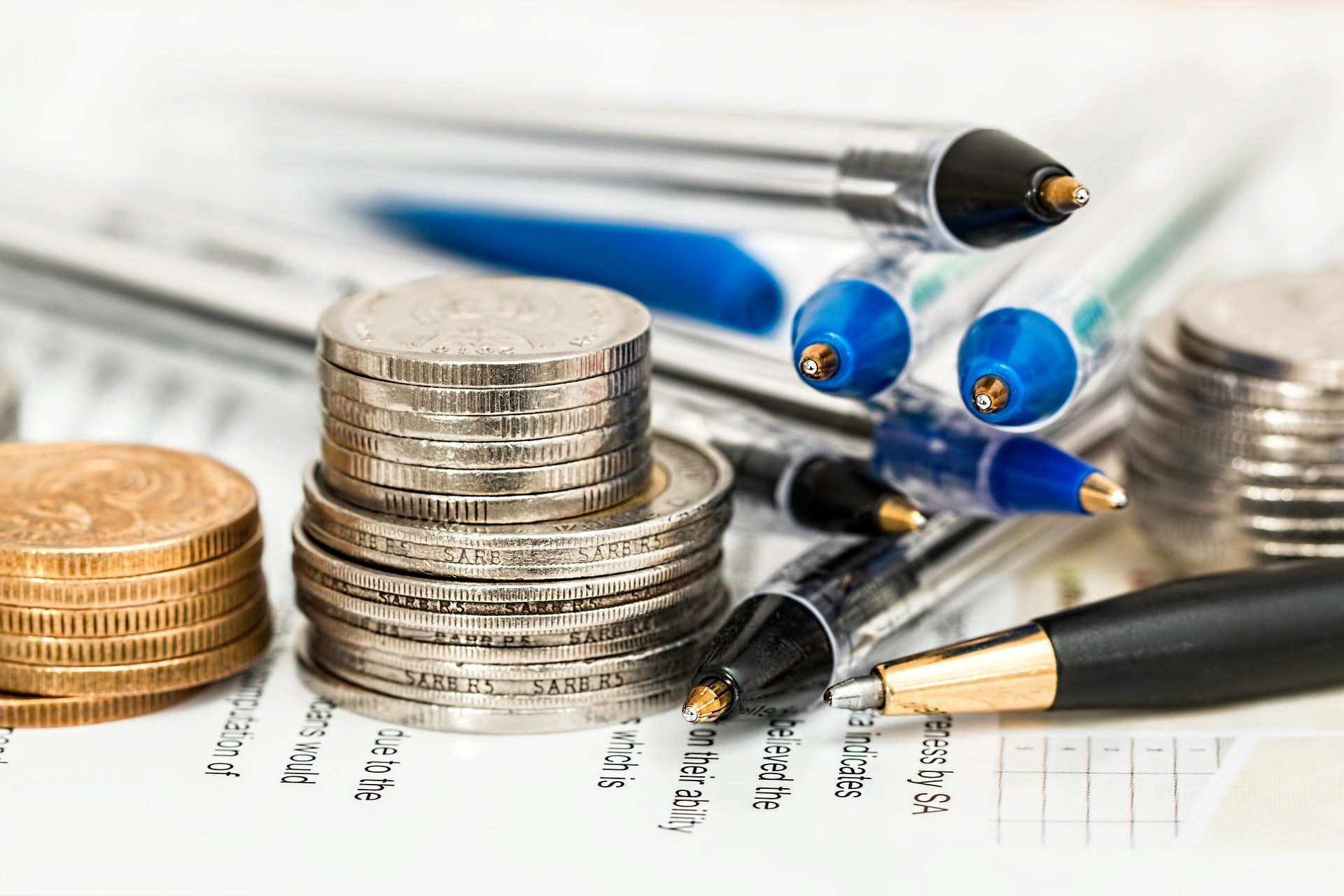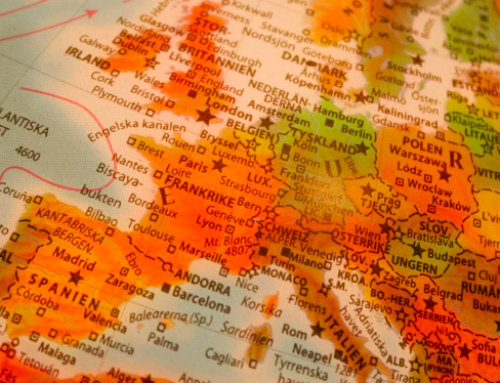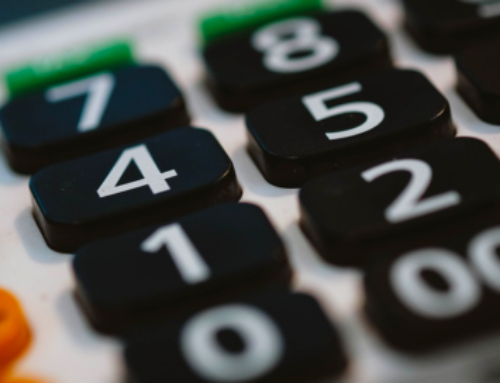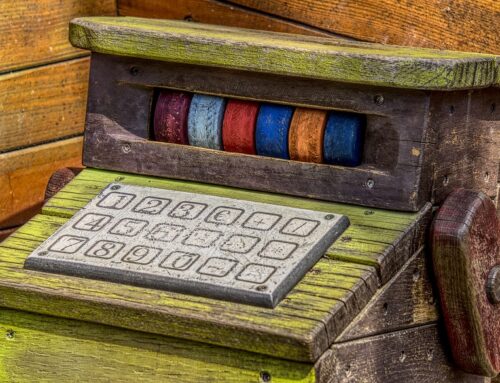One of the many disturbing results of the global pandemic is the powerful sense of uncertainty workers are feeling now. With the transformation of brick-and-mortar workplaces into remote offices and a record number of job losses, professional and financial insecurity are now the norm. Many of the anchors that steadied us before—from contact with family and friends to the faith that modern medicine can cure our everyday illnesses—have been pulled up. Many of us worry that we’ll never be able to return to our pre-pandemic lives. As we confront a shockingly different present, planning for the future is difficult at best. But plan we must. The coronavirus crisis makes that abundantly clear.
The Wealth Gap
Financial stress is widely recognized by mental health professionals a leading cause of anxiety and depression. Studies estimate that 69% of Americans have less than $1000 in savings. Despite the relatively strong economy we experienced for several years prior to the pandemic, the number of people living paycheck to paycheck is alarming: some 78%. And that cuts across a wide swath of income levels. Carrying a lot of debt makes it hard for even high wage earners to save money. Unless you’re part of the top 1%, of course.
Saving Versus Investing
Financial experts recommend having between six and nine months of expenses in liquid savings. By liquid, we mean the money you can use without suffering any financial penalty. Retirement savings, for example, is accessible. But using it before you reach retirement age will cost you. Does that mean you shouldn’t save for retirement? Absolutely not. Investing money in an employer-sponsored 401K—particularly when your employer matches some percentage of what you invest—is an excellent financial strategy. If your employer offers a matching 401K and you’re not participating, you’re leaving money on the table. If your company doesn’t offer one, funding your own IRA is also a worthwhile alternative. While it won’t grow as quickly, it will still give you an advantage come tax time.
But liquid savings—call it an emergency fund—is still key to being prepared for the unexpected. Many financial experts advise that you approach managing your income using the 50-20-30 rule. Essential expenses should comprise no more than 50% of your salary. Try to save a minimum of 20% of your income each month. Limit your discretionary spending to no more than 30% of your take-home pay.
Essential expenses can be hard to reduce, but it can be done. For example:
- Drive a less expensive, more fuel-efficient car
- Consider carpooling to work
- Avoid racking up a lot of credit card debt so you’re not paying a lot of interest charges every month
- Reduce your utility bills by conserving energy wherever you can
- Increase the deductible on your auto insurance policy for lower monthly payments
- Eat a plant-based diet, or at least a couple of meatless dinners each week
By saving 20% of your income, you can build up your emergency fund pretty quickly. That money has to come from somewhere, though. Reducing your discretionary spending is probably the fastest way to find it. Try cancelling the subscriptions you rarely use, signing up for a less-expensive cable plan, and shopping at thrift stores instead of buying new clothes and household goods. Restaurant dining, while quick and convenient, also eats up a lot of money. Try cooking in larger batches and freezing individually-portioned meals so you can have a homecooked dinner as quickly and less expensively than a take-out meal. If you limit your discretionary spending, you might even consider investing what you save. Investing comes with risk, of course, but studies show that over the long term, stock market investors come out ahead by as much as 10%.
Where Should You Save Your Money?
Most savings accounts don’t offer much in terms of interest earnings. In late October, 20020, the Federal Deposit Insurance Corporation (FDIC) reported that the national average interest rate on savings accounts was 0.05% APY. But the best savings accounts, known as high-yield savings accounts, can offer up to 25 times that rate. And your savings is protected by the FDIC. Your savings account is insured up to $250,000 per depositor per bank.
Traditional brick-and-mortar banks—even those that offer online banking features—have a lot of competition now from banks that operate purely online. If you’re thinking of opening a high-yield savings account, you’re likely to find a wider range if you include purely online banking institutions in the mix. Online banks are often able to offer better deals across a wide range of financial products, from checking accounts to mortgages to student loans. That’s because it costs less to operate an online bank than a bank with physical branches. Online banks often pass the savings they reap from having less overhead on to their customers in the form of lower fees and higher interest rates. If you’ve ever used the online banking feature of a traditional bank, you will find the experience of using an online bank fairly familiar.
Shopping for a High-Yield Savings Account
When comparing high-yield savings accounts, there several factors to consider beyond the interest rates they offer.
The first is the fee structure of the account. Monthly maintenance, transfer, paper check, and other fees can quickly erode the interest advantage that high-yield savings accounts offer. Some accounts impose minimum monthly balance requirements. Should you fall below the threshold they set, your interest rate might drop down to a typical savings account rate.
On the other hand, some high-yield savings accounts offer the opportunity to raise your interest rate if, for example, you make recurring monthly direct deposits of $1,000 or more. You don’t have to keep all that money in your savings account. You can transfer your direct deposits to your checking account to pay your monthly expenses. You’re simply using your savings account, very briefly, as a parking lot for your money. Once again, the money you deposit in your savings account is completely liquid. You can access it at any time.
You may also want to consider certain convenience features. The first is the ability to link your high-yield savings account to a checking account—either one you have with another institution or one you open with the bank you select for savings. That’s pretty much a must-have and, fortunately, a standard feature of most (but not all) high-yield savings accounts.
Mobile apps add another layer of ease. Look for an account that not only allows you to use your phone to see your balance and transfer funds, but also allows you to make mobile deposits. Some banks require you to make deposits by using an ATM. Your time is valuable—why spend it driving to the ATM?
One more important consideration is the stability of the institution behind the account. There are a number of online resources that rate banks’ financial strength. It’s a good idea to make use of one. If a bank is “on watch,” it’s possible that there will be some volatility in the interest rates they pay. And that might send you back into comparison shopping mode looking for a better deal. Once again, who has the time for that?
Bundling Up for Financial Literacy
High-yield savings accounts are more frequently a feature of comprehensive personal finance apps. These apps give you an integrated picture—and control—of a range of financial functions when you link your various accounts to them. You can save, pay your bills, keep an eye on your retirement savings, access budgeting tools, and consult a bunch of financial education resources all from your smartphone. The more you know, the more empowered you’ll be to take charge of your money and plan for any uncertainties you might face down the road.
About the Author
Susan Doktor is a journalist and business strategist who hails from New York City. She writes on a wide range of topics including finance, technology, and workplace issues. Follow her on Twitter @branddoktor.




